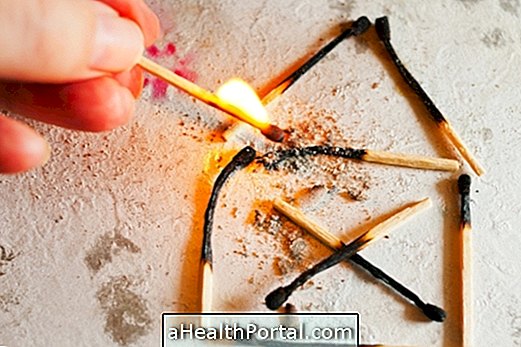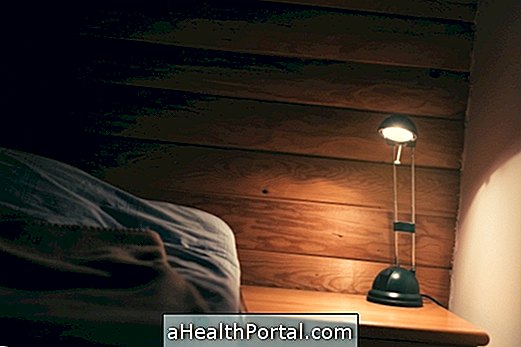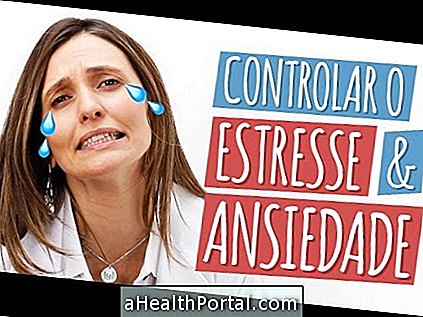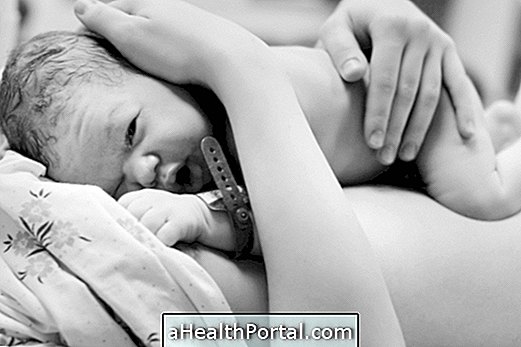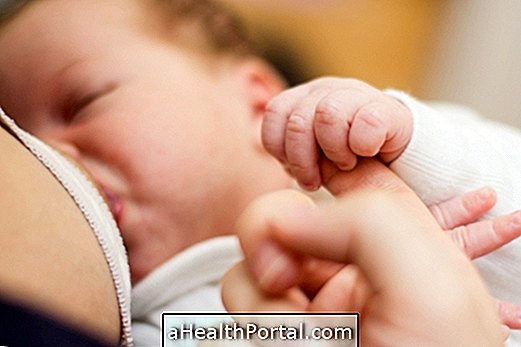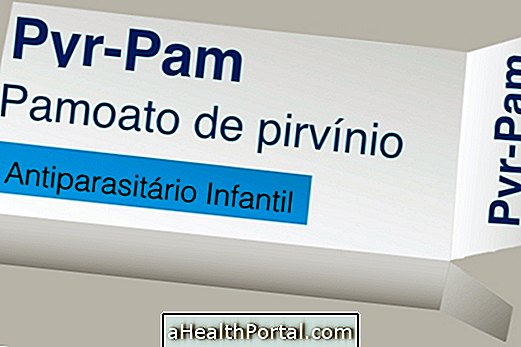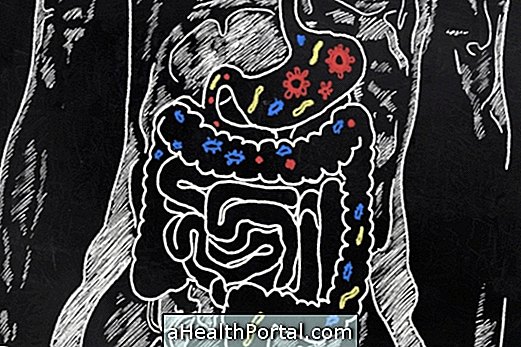Usually the child who has some degree of autism has difficulty communicating and playing with other children, although there is no apparent physical change. In addition, it may also present inappropriate behaviors that are often justified by parents or family members such as hyperactivity or shyness.
Autism is a syndrome that causes problems in communication, socialization and behavior, and its diagnosis can only be confirmed when the child is able to communicate to demonstrate the signs, which usually happens between 2 and 3 years of age. To learn about what is and what causes this condition, check out childhood autism.
However, in the 0- to 3-year-old baby, it is already possible to notice some of the warning signs and symptoms, such as:

1. Newborn does not react to sounds
The baby is able to hear and react to this stimulus since pregnancy and when born is normal to be frightened when he hears a loud noise, as when an object falls near him. It is also normal for the child to turn his or her face to the side where the sound of a song or a toy comes from and in this case, the autistic baby shows no interest and does not react to any kind of sound, which can leave parents worried, thinking about the possibility of deafness.
The test of the ear can be performed and shows that there is no auditory impairment, increasing the suspicion that the baby has some alteration.
2. Baby makes no sound
It is normal that when the babies are awake, try to interact, drawing the attention of parents or their caregivers with small cries and moans, which are called babbling. In the case of autism, the baby does not emit any sound because despite having no impairment in speech, he prefers to remain silent, without interacting with others around him, so the autistic baby does not emit sounds like "baba", "ada" or "ohh".
Children older than 2 years should already make small sentences, but in the case of autism it is common for them to use no more than 2 words in a sentence, and they simply point to what they want using an adult's finger or then repeat the words spoken to him several times in a row.
Read the guidelines of our speech therapist, to know what to do if the child presents only changes in speech development.
3. Does not smile and does not have facial expressions
Babies can start smiling about 2 months, and even if they do not know exactly what a smile means, they 'train' these facial movements, especially when they are close to adults and other children. In the autistic baby the smile is not present and the child can always appear the same facial expression as if he was never happy or satisfied.

4. Do not like hugs and kisses
Usually babies like kisses and hugs because they feel more secure and loved. In the case of autism, there is a certain repulsion for the proximity and so the baby does not like to be on his lap, does not look in the eyes
5. Does not respond when called
At 1 year of age the child is already able to respond when called, so when the parent calls for her, she can make a sound or go to meet her. In the case of the autistic, the child does not respond, does not emit any sound and does not address the caller, ignoring it completely, as if he had not heard anything.
6. Do not play with other children
In addition to not seeking to be close to other children, autistics prefer to stay away from them, avoiding any kind of approach, escaping from them.

7. Has repetitive movements
One of the characteristics of autism is stereotyped movements, which consist of movements that are repeated constantly, such as moving hands, banging the head, banging the head against the wall, swaying or having other more complex movements. These movements can begin to be noticed after 1 year of life and tend to remain and intensify if the treatment is not initiated.
What to do if you suspect autism
If the baby or child shows some of these signs, it is recommended to consult the pediatrician to evaluate the problem and identify if it is a symptom of autism, initiating appropriate treatment with psychomotricity sessions, phonoaudiology and medicines, for example.
Generally, when autism is identified early, it is possible to do therapy with the child in order to improve their communication and relationship skills, drastically reducing the degree of autism and allowing them to have a life similar to that of other children of their age.
To understand how to treat, check out autism treatment.

